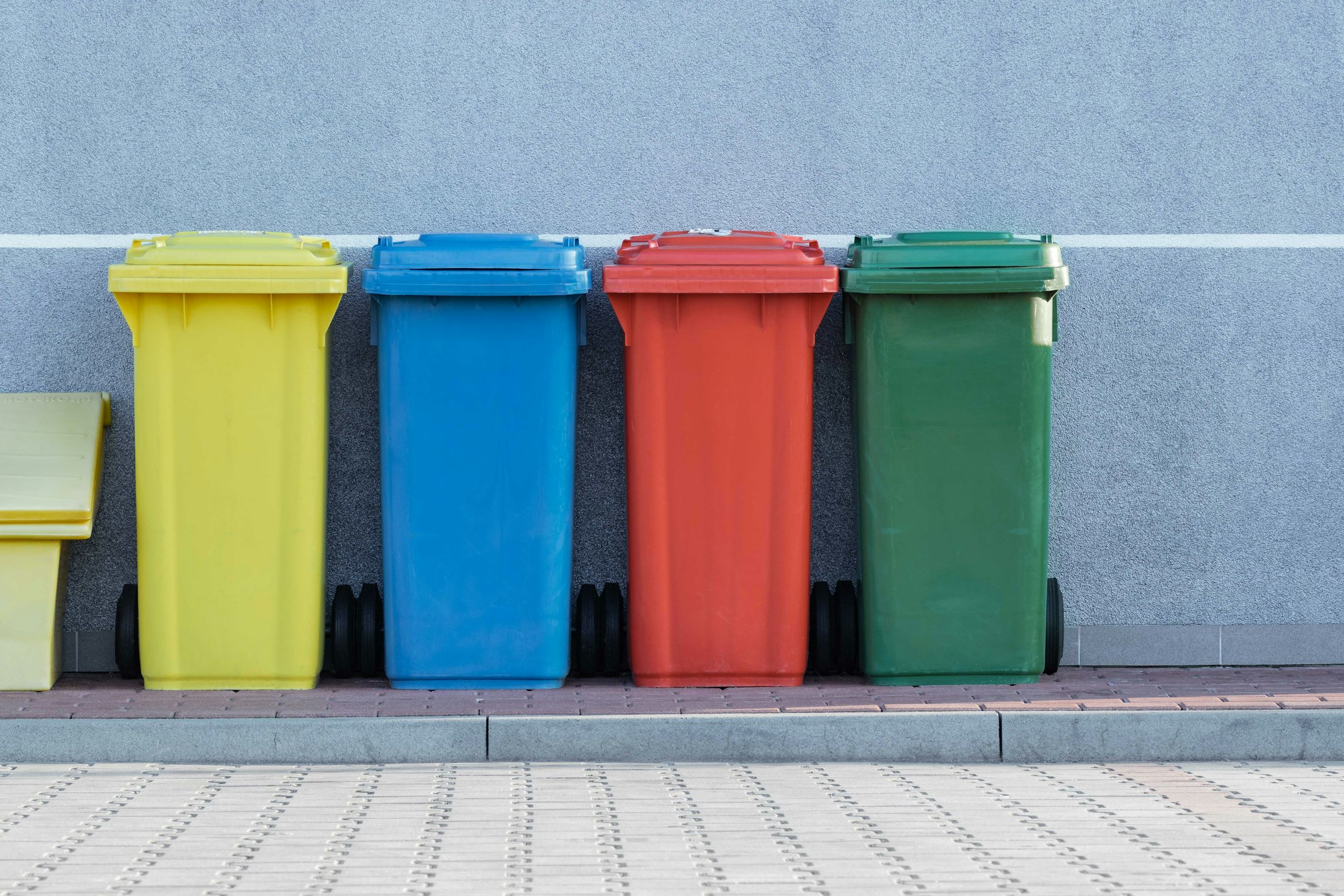All official European Union website addresses are in the europa.eu domain.
See all EU institutions and bodiesThe total recycling capacity has increased in the EU from 2 million tonnes in 1996 to over 11 million tonnes in 2021.

Mechanical recycling capacity for plastics has significantly increased since 1996 from 2 million tonnes to 11,3 million tonnes in 2021[1],[2]. This represents an almost six-fold increase reflecting the investments made by the recycling industry towards more plastic recycling, possibly triggered by EU legislation entering into force in the last decade calling for more separate collection of plastics for recycling. Looking at the amount of plastic waste we collect for recycling in the EU, until recently there wasn’t enough capacity to process that waste. This means that the EU was not self-sufficient and EU waste operators were forced to export waste for recycling. But since mechanical recycling capacity has been increasing faster than the plastic waste collected, the EU is now able to process all of the waste it collects for mechanical recycling, which is a significant milestone.
However, high amounts of plastics mechanically processed for recycling doesn’t lead to equally high recycled plastics produced. Due to losses in plastic waste processing, the plastic recyclates produced by mechanical recycling plants were only about 65% of the plastic waste entering such facilities.
[1] Plastics recycling industry in Europe. Mapping of installed plastics recycling capacities. 2021 data. 2021. Plastics Recyclers Europe.
[2] Plastics recycling. Industry in Europe mapping of installed plastics recycling capacities, 2020. Plastics Recyclers Europe.




